#pionerr photographer
Text


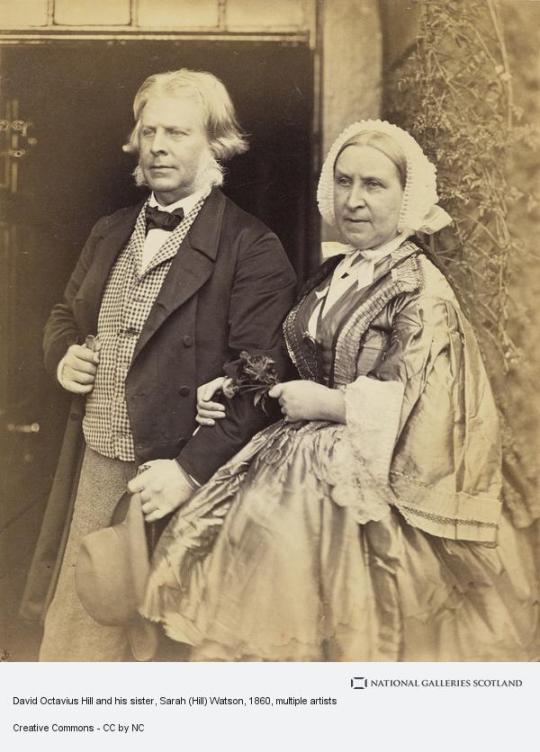

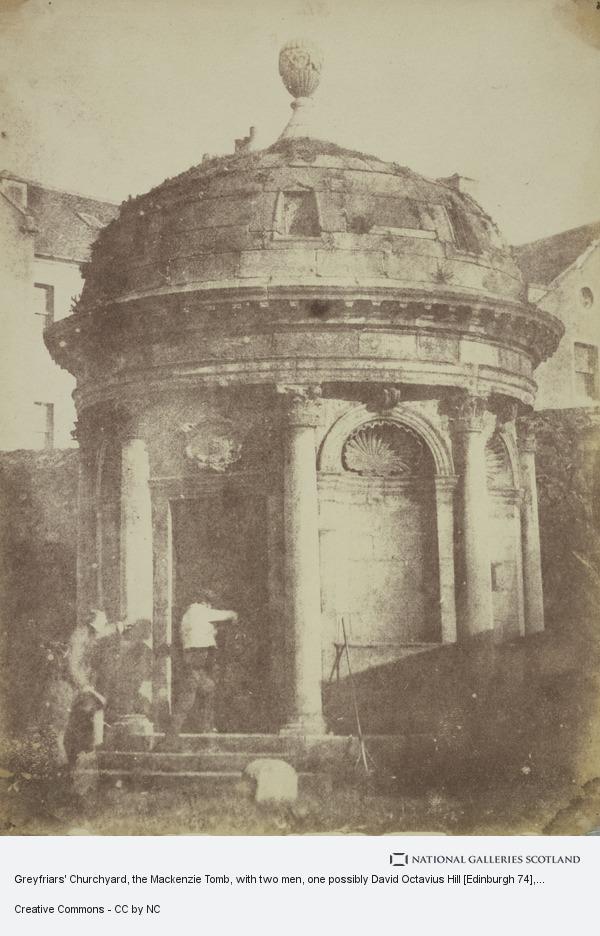

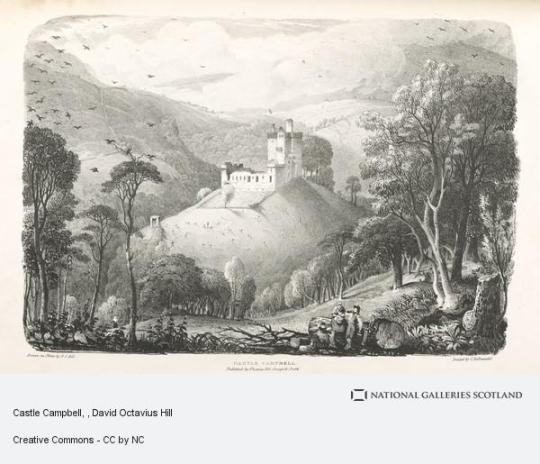
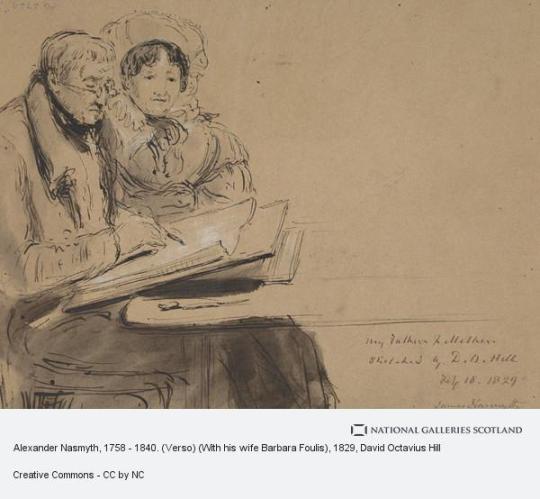
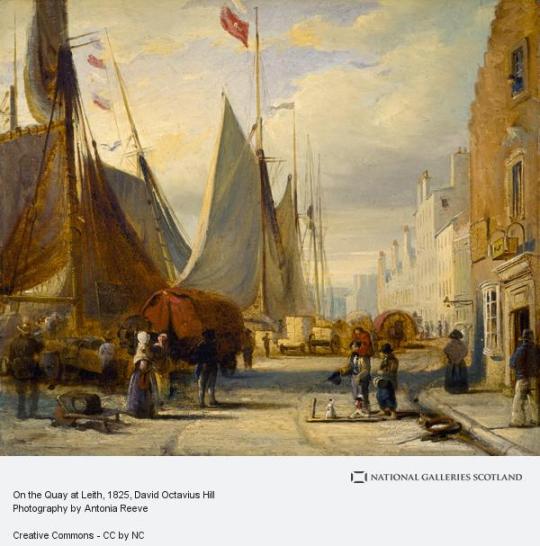
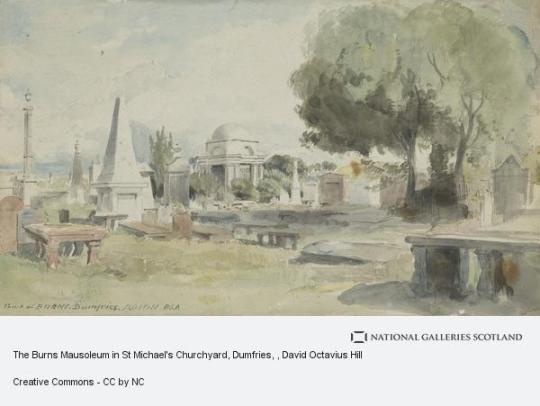
On 17th May 1870 David Octavius Hill, the painter and pioneering Scottish photographer, died.
Hill was one of several pioneering photographers Scotland produced during the 19th century. If you follow my posts you have definitely seen lots of his pictures.
David Octavius Hill was born in Perth, the son of a book publisher. He was educated at Perth Academy and the School of Design in Edinburgh. Hill was an acceptable landscape painter and illustrator (illustrating some novels for Sir Walter Scott). Always involved in the art world, he helped organize the Royal Academy of Scotland and served as secretary from its inception until his death. He was a respected artist in his time, but not one that would be recognized today had he not become involved with Robert Adamson.
David Octavius Hill was present in 1843 at the meeting of the Church of Scotland and witnessed the succession of 457 ministers to reassemble as the Free Church of Scotland. Hill was so moved he pledged to paint a portrait of all 457 ministers together. Sir David Brewster, who had studied for the clergy of the Church of Scotland was also at the meeting. He suggested the use of the Calotype as a sketching tool.
Adamson, who had opened his studio at Rock House just weeks before, entered into a joint venture with Hill to photograph all 457 men of the new Free Church of Scotland. The subjects were posed outside. One set was designed to appear indoors but was actually outdoors with furniture and drapery against a wall of the building.
David Octavius Hill’s 12 ft-wide Disruption Painting, widely thought to be the first time a painter based his work on photographs. The work, which was begun in 1843 and took 23 years to complete, includes everyone involved in signing the agreement that set up the Free Church of Scotland in the 19th century.
Hill and Adamson mainly made Calotype documentary portraits that beautifully speak of their time. They photographed not only the churchmen, but also a variety of subjects: landscapes, architecture, friends and family. Their environmental portraits were among the earliest recorded, utilizing the new medium of photography. They worked together on their project for four and a half years, until Adamson’s early death in 1848.
After Adamson’s premature death at age 27, Hill temporarily abandoned photography and returned to painting. Hill became a member of the Photographic Society of Scotland in 1856 and ran a studio with Alexander McGlashan from 1861 to 1862 publishing Some Contributions Towards the Use of Photography as an Art. Hill sold the remnants of his studio with Adamson in 1869. The property on Calton Hill is now holiday accommodation.
Hill is buried in Dean Cemetery, Edinburgh - one of the finest Victorian cemeteries in Scotland. He is portrayed in a bust sculpted by his second wife, Amelia, who is buried alongside him.
Pics are mainly of Hill, with several pieces of his artwork.
12 notes
·
View notes